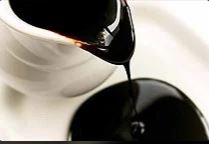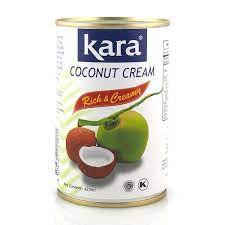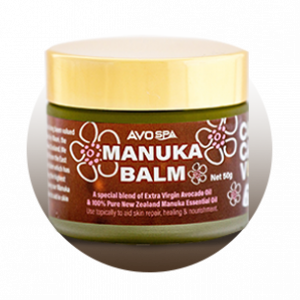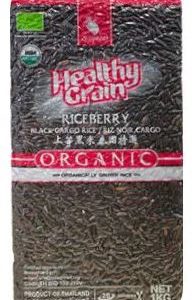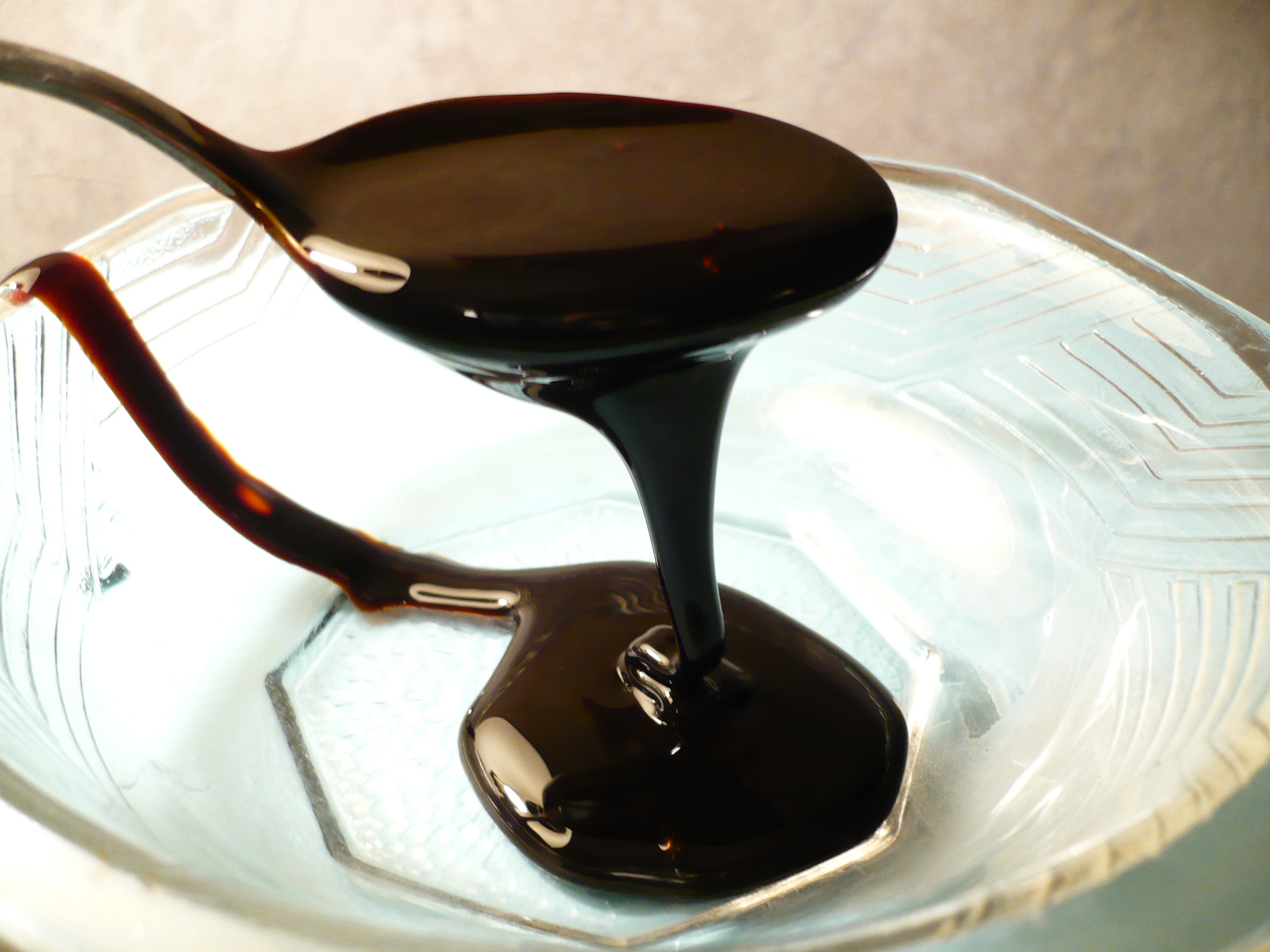
Blackstrap molasses is a byproduct of sugar production. It contains sugar but also beneficial nutrients, including iron.
Sugar production starts with boiling sugarcane juice to crystallize the sugar, which is then filtered to separate it from the juice. This leaves a thick, brown liquid called molasses.
It’s boiled two more times to create blackstrap, which is even thicker and darker than regular molasses and characterized by a bitter taste.
Because it’s boiled three times, blackstrap molasses is more nutrient-dense than other types of molasses, which explains why it has recently gained popularity as a supplement.
People often use it as a sweetener, spread, or topping for yogurt or oatmeal. Although it’s also a popular home remedy for anemia, arthritis, stress, PMS symptoms, and blood sugar spikes, few of these uses are supported by science.
Therefore, you may want to know whether using blackstrap molasses as a sweetener or supplement is healthy after all.
Blackstrap molasses is commonly used as a home remedy for childhood constipation because it may improve defecation frequency and reduce abdominal pain.
All types of molasses, including blackstrap, are rich sources of antioxidants, which help protect against numerous chronic diseases.
Blackstrap molasses is a good source of calcium, which may support bone health and reduce the risk of osteoporosis.
Blackstrap molasses may promote healthy hair as a result of its high iron content. However, research on iron deficiency and hair loss is conflicting.
You may hear claims that blackstrap molasses can treat arthritis, ADHD, and high blood sugar, but scientific evidence doesn’t support these notions.
